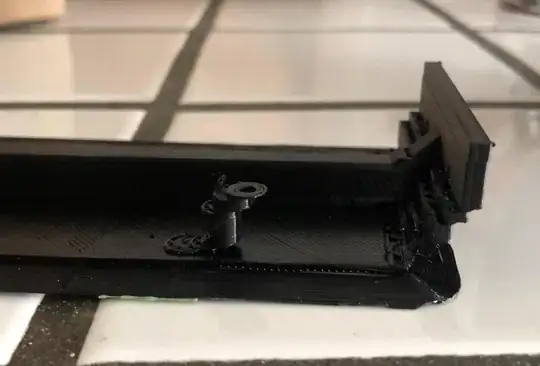I have an Ender 3 Pro with a magnetic bed. Recently, I've come across an issue I've never had before. The printer bed is higher on the front and back edges, along the Y-axis. It's okay in the middle of the bed from left to the right, but when I start moving the Y-axis nozzle gets closer to the bed. I've drawn a picture of the close areas approximately. Red areas are the areas in which the nozzle starts touching the bed.
I'm not used to fixing problems on my printer, but I tried loosening side screws to check bends on extrusions. I've tried it several times but it didn't solve the problem. Then I've removed the bed to tighten the screws on the part moving on the Y-axis. It didn't work either. I'm not sure if I did things correctly but I assume that I did. I also think that the bed may be warped, but I'm not sure because it wasn't not a long time ago. What could cause this problem?
